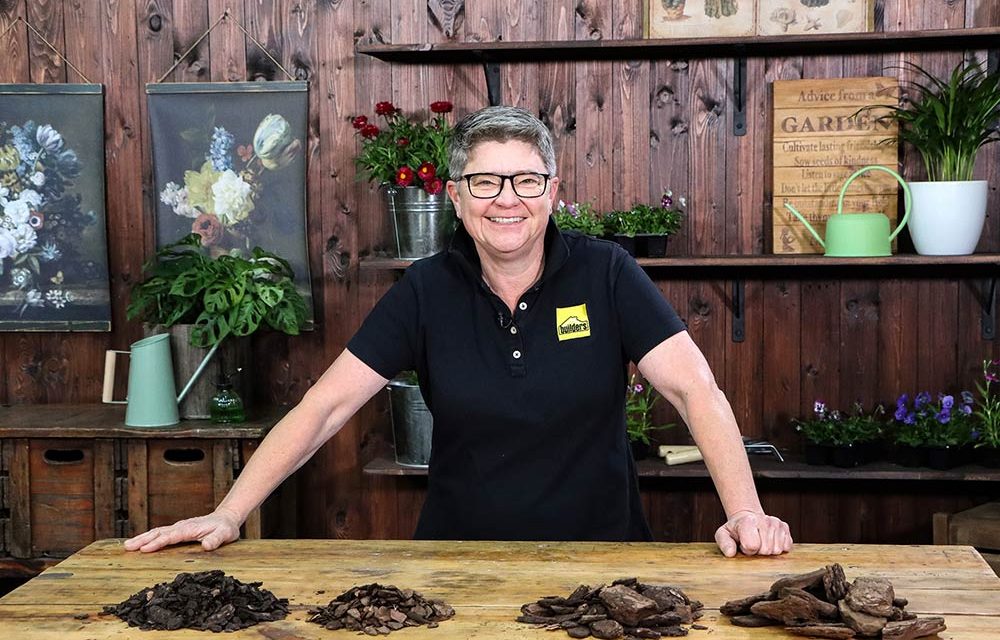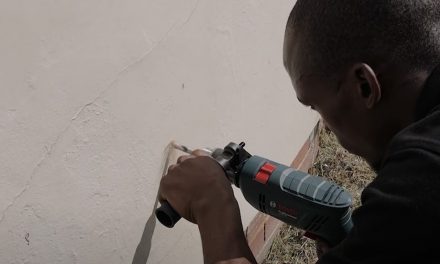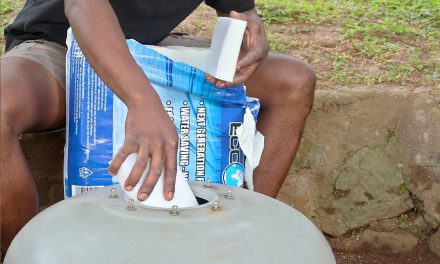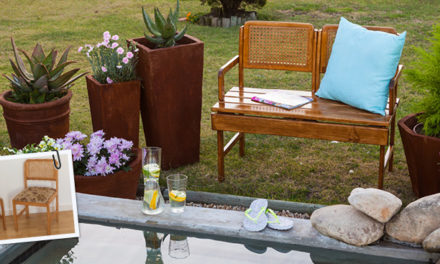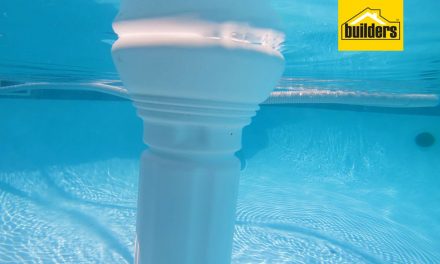When looking for an environmentally friendly, organic product that fills a number of roles in the garden, you really couldn’t find anything better than decorative bark.
How is it used?
There are so many ways to use decorative bark, but let’s discuss some of our favourites. When you put a pot inside a bigger pot cover, there’s that unsightly gap between the two. A layer of bark nuggets fills this gap aesthetically and looks natural.
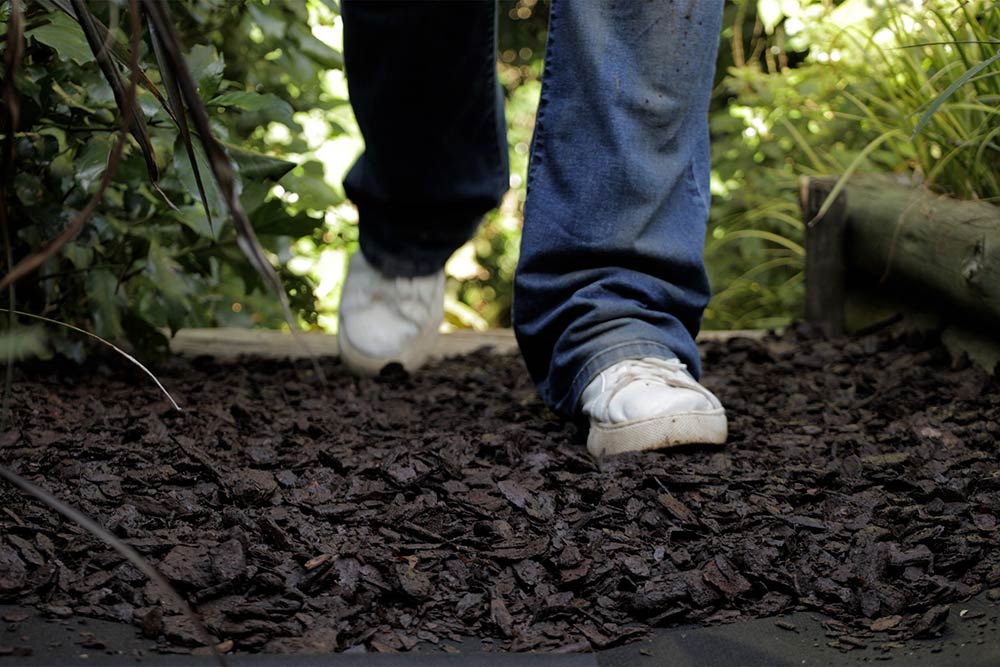
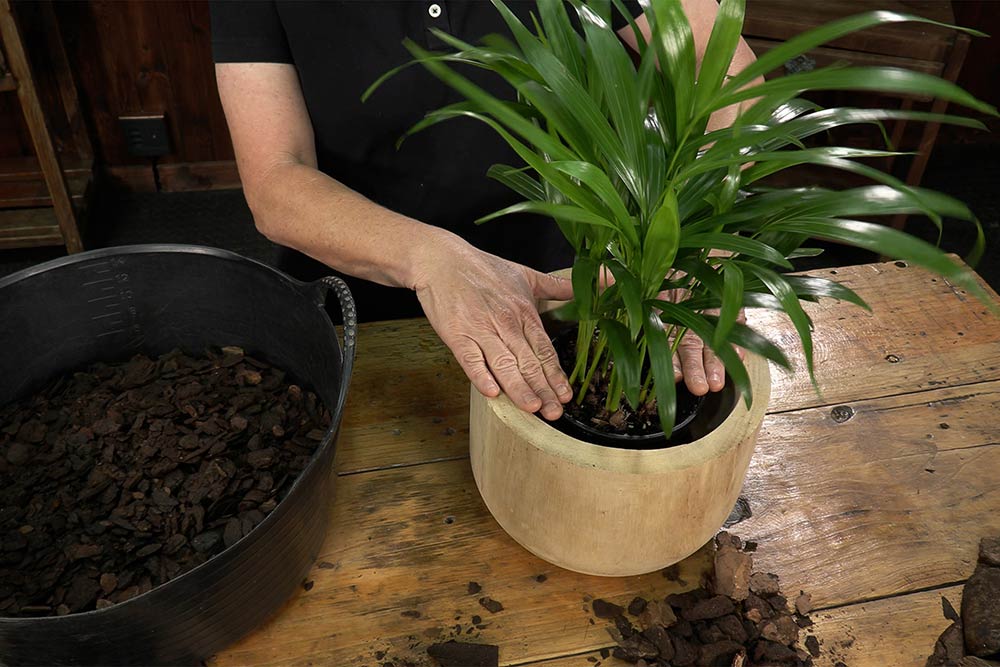
Moving away from actual gardening, a great use for these decorative bark nuggets is in children’s play areas. There’s nothing worse than a little guy running in a play area and falling on gravel. Bark is much softer, so you’ll have far fewer scratches and tears.
When we’re paving we’re very quick to make hard pathways complete with cemented-in pavers, but this creates runoff and has knock-on effects. Another option is cover pathways with softer materials like bark, or to use pavers surrounded by bark. This allows water to permeate and be returned to the ground.
Decorative bark is graded into different sizes for different applications: very fine, medium and chunky. For paving in walkways, use a finer bark – it’s softer and more comfortable. The chunky bark nuggets on the other hand are very useful in mass landscaping projects. If you’ve created a large new bed, use the big bark nuggets – remember, it’s about scale and proportions, so the larger the area the bigger the material you use.
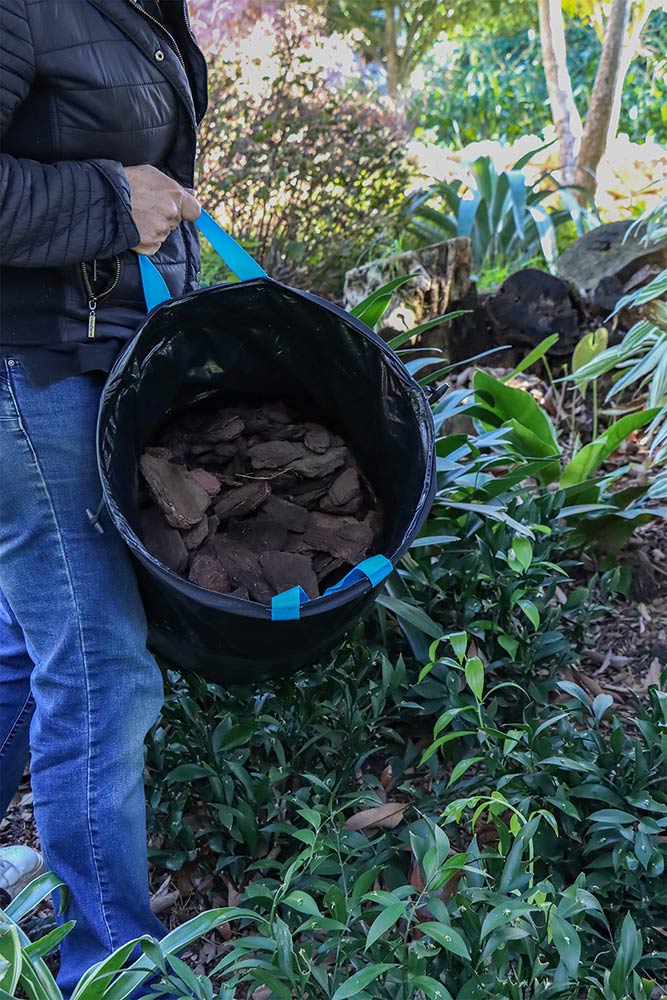
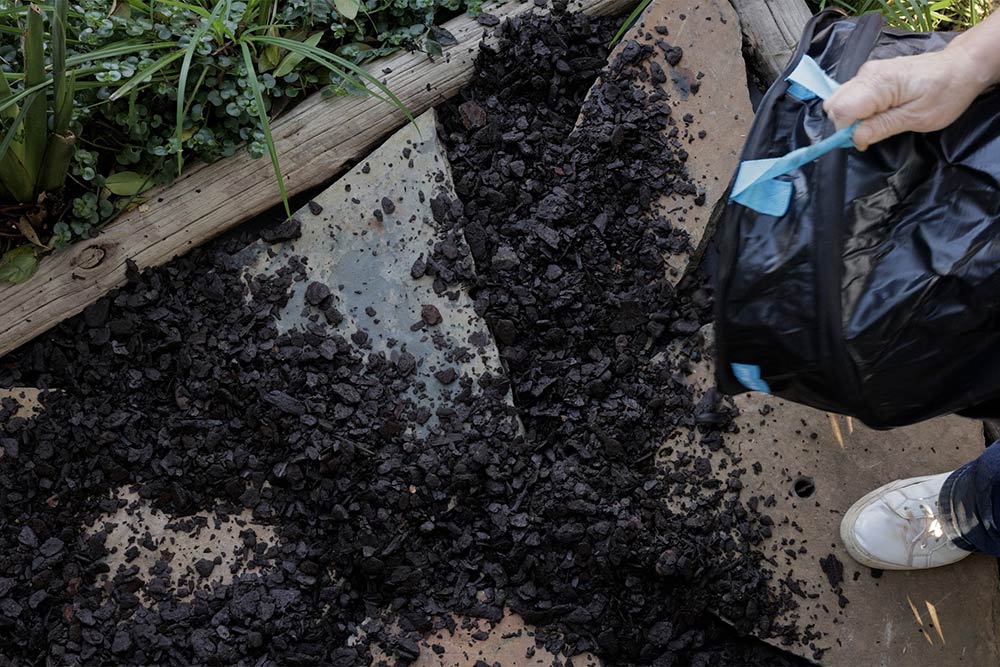
How long will bark last?
If used correctly, decorative bark can last for five or even seven years in the garden.
Remember, everything you read about in this blog is available from Builders, either in-store or online from builders.co.za.
Get to Builders. Get it done.

